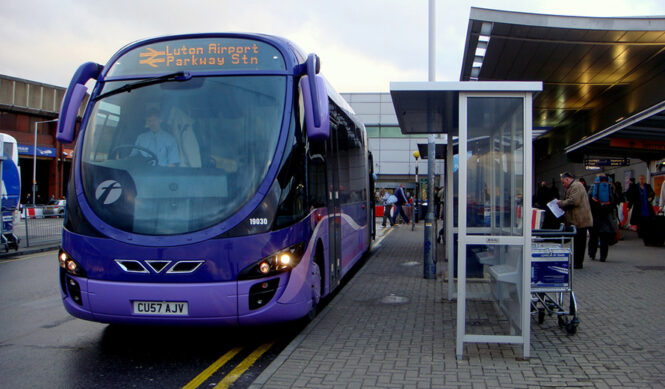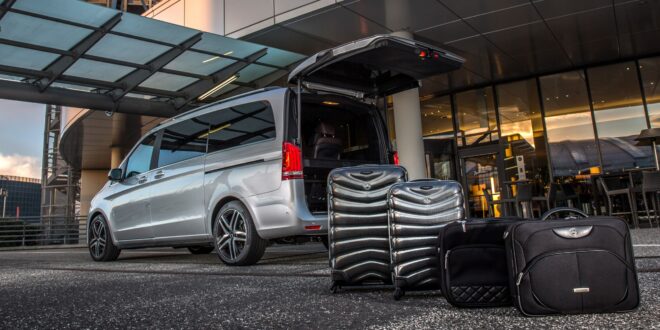Airport transfers, an essential aspect of travel, especially for business professionals, often come with a hefty price tag. This blog post delves into the intricate economics behind airport transfer pricing and the reasons behind their high costs.
We aim to provide a comprehensive understanding for business travelers on these expenses and offer actionable strategies to minimize them. By examining various factors, including operational costs and market dynamics, and exploring different transfer options, we will reveal how savvy planning and informed choices can lead to significant savings.
The Cost Factors
The high costs of airport transfers are influenced by a myriad of factors. Key among them are the operational expenses such as vehicle maintenance, fuel, and staff salaries. These services also have to account for insurance and compliance with regulatory standards, which adds to their operational overheads. Airports located at significant distances from urban centers further escalate costs due to the longer travel times involved.
Moreover, pricing is often influenced by demand dynamics, with busy airports and peak travel times leading to higher charges. This knowledge empowers business travelers to make more informed decisions when choosing their mode of airport transfer.
Types of Airport Transfer Services

Airport transfer services come in various forms, each with its unique set of advantages and disadvantages. Taxis as explained by Executive Travels UK, are often the most accessible option, offer door-to-door service but can be expensive, especially in cities with heavy traffic. Shuttles provide a more economical solution but may require additional travel time due to multiple stops.
Rideshares like Uber and Lyft have emerged as popular alternatives, offering competitive pricing and convenient booking through apps. However, these services can be subject to surge pricing during peak hours. Luxury private car services are also available, offering a higher level of comfort and privacy but at a significantly higher cost.
Pricing Disparities
The pricing disparities between different airport transfer providers are stark and are influenced by several factors. Luxury services, for instance, command higher prices due to their premium vehicles and personalized service. In contrast, standard taxis and rideshares offer more economical rates but can fluctuate based on demand, with surge pricing during peak hours significantly increasing costs.
These disparities are also influenced by local regulations, airport fees, and geographical factors. For instance, transfers in metropolitan areas often cost more due to higher operational expenses. Business travelers need to be aware of these disparities to make cost-effective choices, especially when considering time-sensitive and budget-specific requirements.
Saving Strategies for Business Travelers
For business travelers looking to save on airport transfers, several strategies can be effective. Booking in advance often secures lower rates and ensures availability. Utilizing loyalty programs and rewards from frequent travel can lead to significant savings. Sharing rides with colleagues or opting for shuttle services can also reduce costs.
Business travelers should also consider off-peak hours for travel to avoid surge pricing. These strategies require some planning but can lead to substantial savings, making business travel more economical.
Public Transportation Options

Public transportation often provides the most affordable means of airport transfer. Buses, trains, and subways offer consistent pricing, unaffected by traffic or demand surges. These options are particularly cost-effective for solo travelers or those with light luggage.
However, public transport may not always be convenient due to limited service hours, longer travel times, and the need for transfers. Despite these drawbacks, the affordability of public transport makes it a valuable option for budget-conscious business travelers.
Off-Airport Parking and Shuttles
Off-airport parking and shuttle services present a practical and economical alternative for business travelers driving to the airport. These services typically offer competitive parking rates along with complimentary shuttle transfers to the airport. They are especially cost-effective for longer trips, where airport parking can be prohibitively expensive.
When choosing off-airport parking, it’s essential to consider factors like location, security, and frequency of shuttle service. This option balances cost, convenience, and security, making it an attractive choice for many travelers.
Ride-Sharing Services
Ride-sharing services like Uber and Lyft have revolutionized airport transfers, offering convenient, on-demand transportation. These platforms allow travelers to estimate fares before booking, choose from a range of vehicle options, and enjoy cashless transactions.
They also often offer promotions and discounts, which can be particularly beneficial for frequent business travelers. However, during peak hours or in high-demand areas, prices can surge significantly. Nonetheless, the flexibility and convenience of ride-sharing services make them a popular choice for airport transfers.
Loyalty Programs and Rewards
Many airport transfer companies offer loyalty programs, providing frequent travelers with a way to accumulate rewards and enjoy cost savings over time. These programs often include benefits like discounted rates, priority service, and exclusive offers.
Business travelers should explore these programs and sign up to maximize their travel budgets. Accumulating points through regular use can lead to free rides or upgrades, adding value to the travel experience. Additionally, these loyalty programs are often linked with other travel services, allowing travelers to earn rewards across different aspects of their journey.
Group and Corporate Discounts

Business travelers can also benefit from group and corporate discounts. Booking airport transfers for multiple colleagues can unlock lower per-person rates, making group travel more economical. Additionally, companies often negotiate corporate rates with transfer providers, offering substantial savings for their employees.
Business travelers should inquire about such arrangements within their organizations and leverage these discounts. Furthermore, these discounts often come with added perks like flexible booking policies and streamlined expense reporting, making business travel more efficient.
Planning Ahead
Planning ahead is perhaps the most effective strategy for saving on airport transfers. Early bookings often come with discounted rates and a wider selection of services. Researching different transfer options, comparing prices, and reading reviews can help in making informed decisions.
Business travelers should also consider the timing of their travel to avoid peak hours. A well-planned airport transfer not only saves money but also reduces stress and ensures a smoother travel experience. Creating a checklist for travel arrangements can aid in this planning process, ensuring all aspects of the airport transfer are considered.
Conclusion
In conclusion, while airport transfers can be expensive, there are numerous strategies that business travelers can employ to minimize these costs. From understanding the factors that contribute to high prices to leveraging loyalty programs and planning ahead, travelers have various options at their disposal.
By being informed and proactive, business travelers can significantly reduce their airport transfer expenses, making their trips more economical and efficient. Implementing these strategies will lead to smarter travel choices and substantial savings over time.
 Imagup General Magazine 2024
Imagup General Magazine 2024
